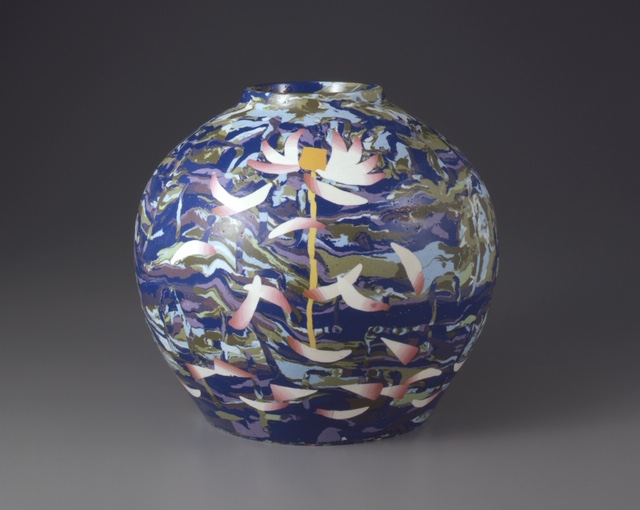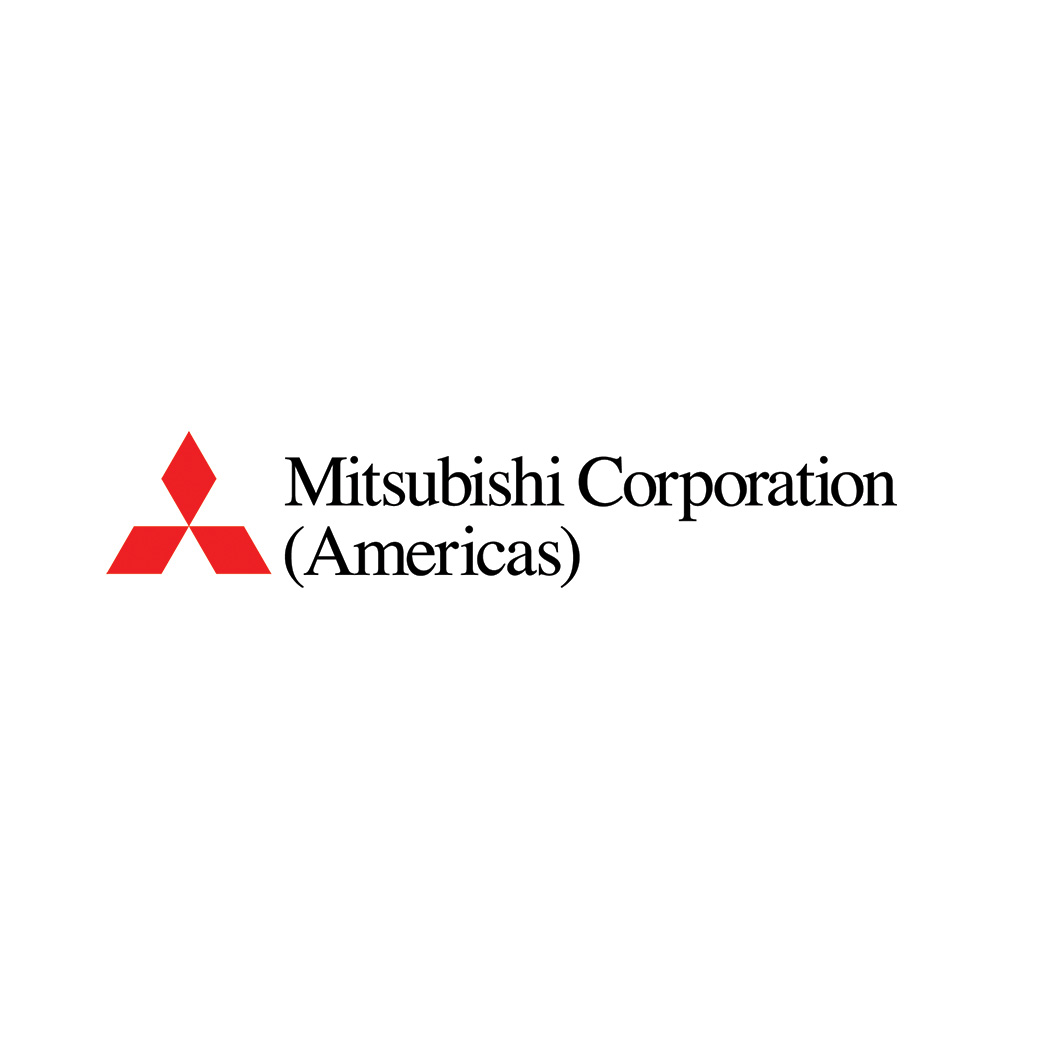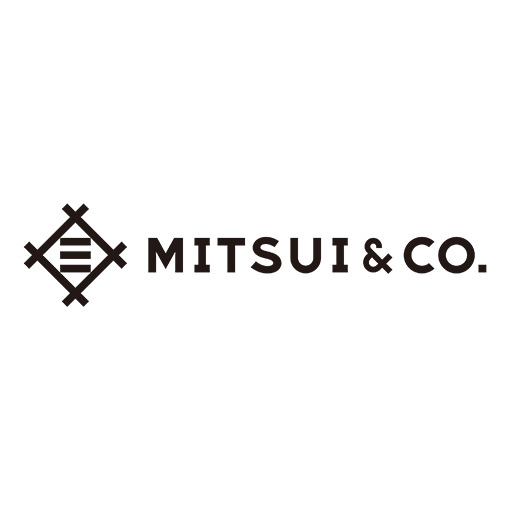EXHIBITION

「Kasama pottery with free style」
Living National Treasure Kosei Matsui and modern ceramic artists
Hiroyuki Onuki, Koji Toda and Akio Nukaga
Kasama ware is the characteristic pottery of the Kasama City area of Ibaraki Prefecture. Along with the nearby town of Mashiko, Kasama is known as one of the major ceramics production centers of the Kanto region. Though today it is a governmentally recognized traditional craft, the path leading to this status was long and winding.
Kasama ware can be traced back to the An’ei years (1772-1781) of the Edo Period (1603-1868). It’s said to have originated when Hanemon Hisano, the head of the town of Hakoda (now a region of Kasama City) invited ceramist Choemon from the town of Shigaraki in Omi Province (today’s Shiga Prefecture) to build a kiln. Later, Kasama’s feudal lord, Makino Sadaharu, implemented a policy of pottery advancement, resulting in increased production of daily goods such as pots and mortars using Kasama ware.
Due to its resemblance to the style of pottery produced in Edo (today’s Tokyo), numerous workshops in Kasama began mass production from the end of the Edo Period to the Meiji Period (1868-1912), developing into a major industry. Even after entering the Meiji Period, with 19 workshops, Kasama was known as a production center for kitchen implements made using coarse earthenware. Thereafter, cooperation between the government and private industry led to research on glaze and clay, as well as increased training of ceramic artists. As a result, Kasama ware successfully developed from coarse earthenware for kitchen utensils to an artistic craft, in which form it continues to this day.
Kasama ware’s unique feel comes from Kasama clay’s excellent plastic and adhesive qualities. Kasama ware is durable and stain-resistant, developing unique characteristics the more it is used. Today, artists from both Japan and abroad who aspire to become potters come to Kasama and create new Kasama wares with their innovative, original designs. Some of the workshops still in operation today were making Kasama ware during the Edo Period. Blessed with history and tradition, as well as a new generation of ceramic artists who continue to realize innovative ideas, Kasama ware is sure to continue to be passed on to future generations.
Kosei Matsui, a designated living national treasure, fused traditional techniques with his own creative expression to craft beautiful ceramics. This exhibition showcases some of the finest examples of Matsui’s works. Matsui was a master of the traditional ceramic technique called neriage, which uses two types of clay to create delicate marbled patterns on the surface of the ware.
At this exhibition, fragments of pottery by Kosei Matsui will be exhibited and then you will be able to see the back side of works and feel it directly with your hand, which are actually exhibited at the Ibaraki Prefectural Ceramic Art of Museum. Those fragments were the remains of a wrecked pottery in Matsui’s studio at Great Japan Earthquake on 3/11/11.
In addition, the works by three of the most up-and-coming modern ceramic artists, Hiroyuki Onuki, Koji Toda, Akio Nukaga, will be exhibited.
At the exhibition, the corroboration Kasama ware with sake brewery in Ibaraki Prefecture, “Sake and pottery “project will also be introduced. First pottery artists taste sake, and then make special “guinomi“(sake cup) with the image of the taste of sake. We introduce the project by video or panel this time and exhibit “guinomi and sake bottles” actually made by the above three pottery artists.
Through this exhibition, it would be greatly appreciated if Kasama Ceramic Artists and New Yorkers resonate and they can further exchange.
Organized by The Nippon Club
Co-organized by Ibaraki Prefecture
Sponsored by JCC Fund (Japanese Chamber of Commerce & Industry of New York, Inc.), Sekisho Co., Ltd. and SECOM Co., Ltd.
Supported by Consulate General of Japan in New York, The Japan Foundation, New York, Ibaraki Art Ceramic Museum and Kasama City
Guest Curator: Mie Tsunobe
| Period | 1/31 (Thu) – 2/27 (Wed) |
|---|---|
| Hours | Mon-Fri: 10:00 am~6:00 pm Sat: 10:00 am~5:00 pm Sun: Closed |
| Location | The Nippon Gallery at The Nippon Club (7th Floor) 145 West 57th Street, New York, NY 10019 |
| Admission | Free |
| Detail |





